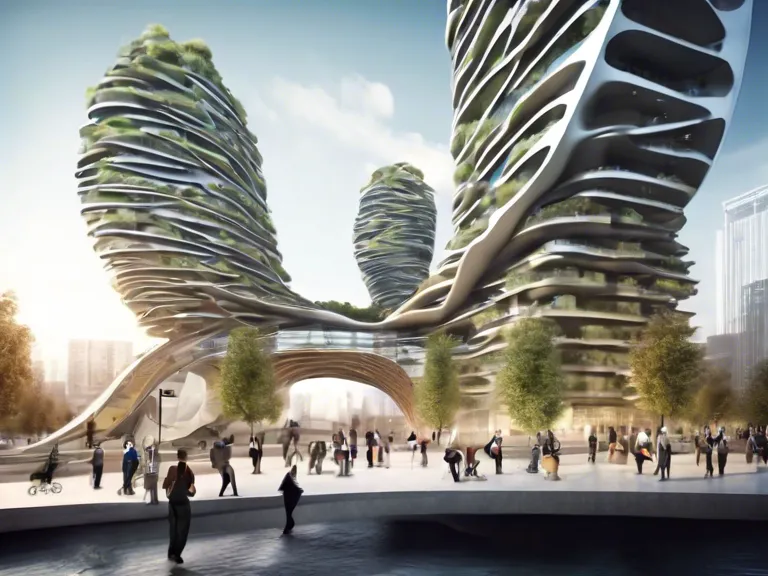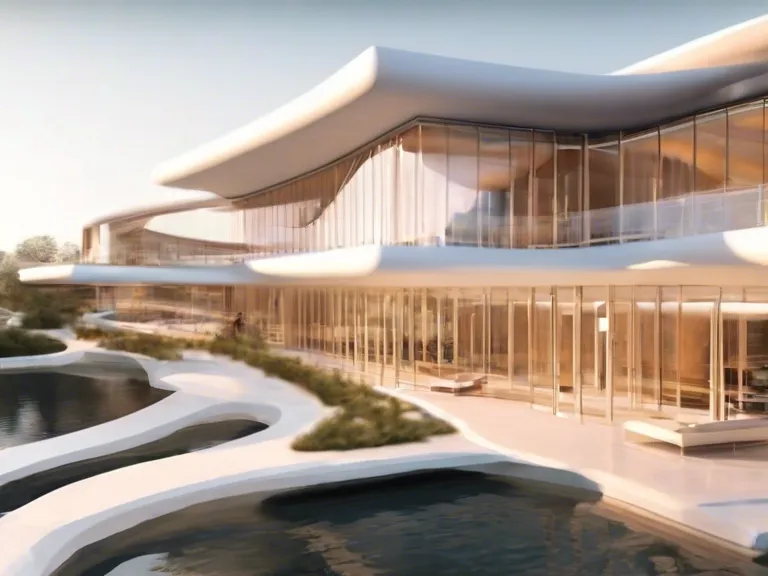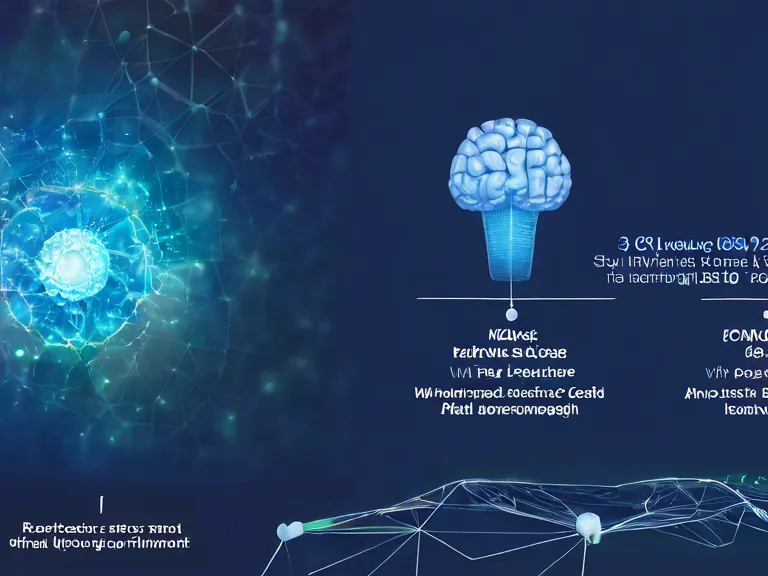
Technology Trends in Architecture: Innovations Shaping the Future of Urban Spaces
With rapid advancements in technology, the field of architecture is constantly evolving to embrace new trends that shape the future of urban spaces. From smart buildings to sustainable designs, these innovations are revolutionizing the way we live and interact with our environment. In this article, we will explore some of the key technology trends in architecture that are reshaping our cities and creating more sustainable, efficient, and aesthetically pleasing urban spaces.
One of the most prominent technology trends in architecture is the use of artificial intelligence (AI) and machine learning. AI algorithms are being used to analyze vast amounts of data to optimize building designs for energy efficiency, occupant comfort, and operational performance. By using AI-driven simulation tools, architects can create smarter and more sustainable buildings that adapt to changing environmental conditions in real-time.
Another important trend in architecture is the rise of digital fabrication technologies, such as 3D printing and robotic construction. These technologies allow architects to create complex and unique structures that were previously impossible to build with traditional construction methods. 3D printing, for example, is being used to create intricate facades, furniture, and even entire buildings with minimal waste and cost.
In addition, the Internet of Things (IoT) is playing a significant role in shaping the future of urban spaces. IoT devices can collect and analyze data on building performance, occupancy patterns, and environmental conditions to optimize energy usage and improve the overall quality of life for residents. Smart buildings equipped with IoT sensors and actuators can adjust lighting, heating, and ventilation systems automatically to create more comfortable and sustainable living environments.
Furthermore, augmented reality (AR) and virtual reality (VR) are transforming the way architects design and communicate their ideas. AR and VR technologies allow architects to visualize and interact with 3D models of their projects in real-time, enabling them to make better design decisions and communicate their vision to clients and stakeholders more effectively.
Overall, these technology trends in architecture are revolutionizing the way we plan, design, and build urban spaces. By embracing innovation and pushing the boundaries of what is possible, architects are creating a more sustainable, efficient, and beautiful built environment for future generations.

